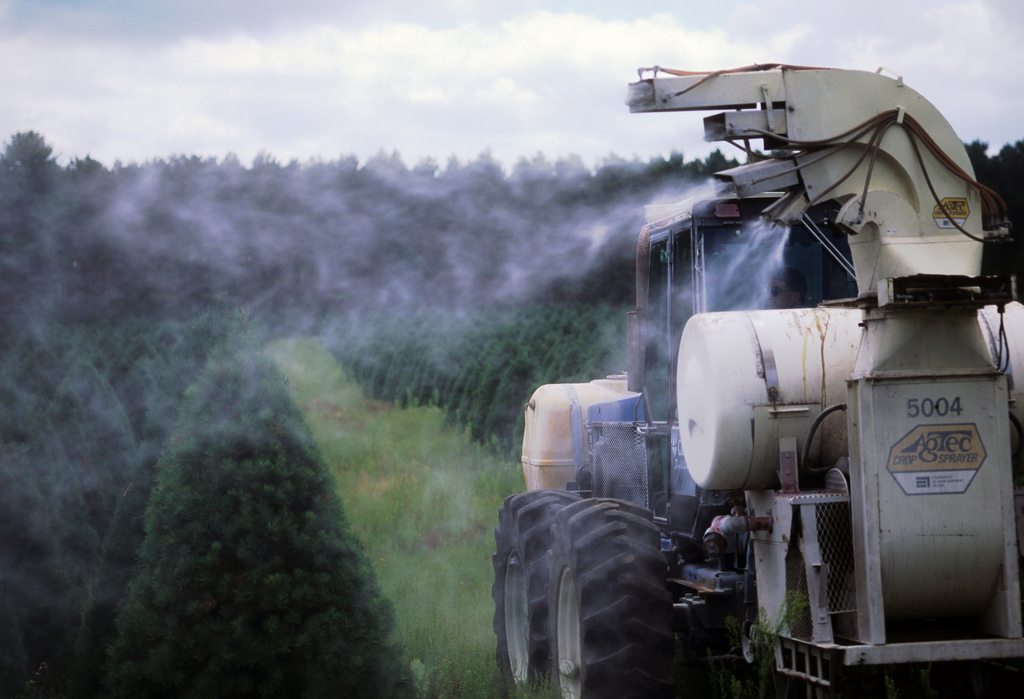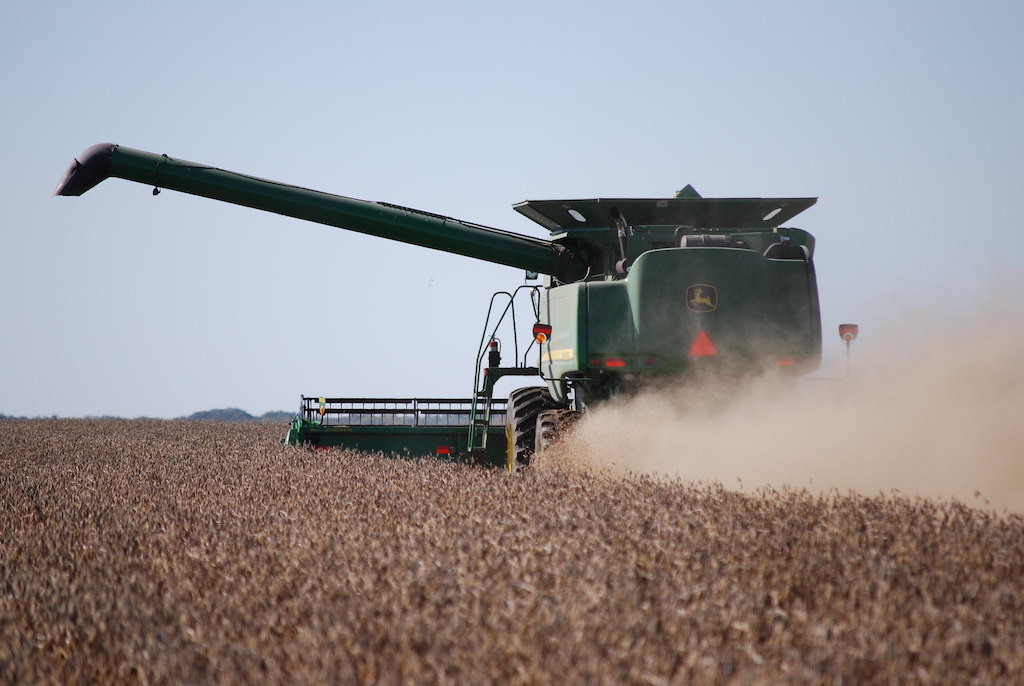Last month, analytics firm Gallup, and personalized healthcare website Sharecare, released a new report on the state of American wellbeing. The research, titled, “The Face of Diabetes in the United States,” analyzes rates of diabetes among various demographic segments. This includes diabetes rates among different occupational groups, a segment where the data show a concerning trend for farmers.
Transportation workers topped that list, with 10.6 percent of the cohort answering “yes” to the question “Has a doctor or nurse ever told you that you have diabetes?” Farmers—specifically, the occupational group “Farming, fishing and forestry”—ranked number two on the list; 8.6 percent of farmers and fishermen answered “yes” to the same question.
It’s important to note that while the study does not differentiate between type 1 diabetes, which typically appears in childhood or young adulthood, and type 2, which is most often discovered in adulthood, researchers did look at common risk factors that are associated with lifestyle: obesity, alcohol consumption, smoking, exercise, and diet.
Transportation workers also ranked poorly on the lifestyle risk factors section of the study, reporting the highest rates of obesity and smoking, and exercising less than three days a week. Perhaps not surprisingly, physicians, who had the lowest self-reported rate of diabetes at 5.1 percent, ranked well in terms of risk factors, including the lowest rate of obesity.
But none of these lifestyle risk factors seemed to explain why farmers ranked number two in diabetes rates. They ranked middle of the pack in terms of diet, obesity and smoking, and third in levels of alcohol consumption. And farmers topped all other occupations in reporting regular exercise during the week. So why might they be showing diabetes rates just below those of transportation workers, whose lifestyle risks put them in greater jeopardy of developing the disease?
The answer may be found in another set of risk factors the Gallup-Sharecare report did not consider: exposure to chemicals and pollutants in farmers’ work environments.
Back in 1993, scientists from the National Cancer Institute, the National Institute of Environmental Health Sciences, and the Environmental Protection Agency (EPA) started work on the Agricultural Health Study (AHS), which involved more than 89,000 participants in North Carolina and Iowa —the majority being farmers who are licensed private pesticide applicators and their spouses. The expressed goal of the project is “to evaluate the role of agricultural exposures in the development of cancer and other diseases in members of the farming community.” Among its findings to date, the AHS reports a possible increased risk of diabetes for users of some chemicals, as explained in the following research:
* A 2008 study of farmers from the AHS cohort explored diabetes rates since they enrolled to participate in the research. Using different measures of frequency, the researchers found that farmers who had used three common but risky organochlorine insecticides (aldrin, chlordane and heptachlor), two organophosphate insecticides (dichlorvos and trichlorfon), and two herbicides (alachlor and cyanazine) —independent of factors such as age or body-mass index—showed increased odds of developing diabetes.
* A 2014 study focused on the female spouses from the AHS cohort who reported mixing or applying any pesticides. The researchers wanted to test the hypothesis that use of organochlorine and organophosphate insecticides by these women would be associated with increased rates of diabetes. Results were similar to the previous study, and also adjusted for age and body mass index: There were positive associations between rates of diabetes and use of three organophosphates (fonofos, phorate and parathion), one organochlorine (dieldrin) and one herbicide (2,4,5-T/2,4,5-TP). One particularly notable outcome from this study: “women who applied pesticides for more than 30 years were 60% more likely… to be diagnosed with diabetes than women who had applied pesticides for only one year.”
To be clear, as of 2014 most of the pesticides associated with an increased risk of diabetes in these studies have seen significant reduction in use or are no longer used on food crops. Aldrin, chlordane, dieldrin and 2,4,5-T/2,4,5-TP have all been banned by EPA since 1988 or earlier. And both studies do mention this development.
But these AHS-based studies draw on and are part of a growing body of research that suggests the organochlorine pesticides and other organic pollutants that persist in our environment over time are connected to increased risk of diabetes among different populations of people.
So what are the possible mechanisms that could link these pesticides to diabetes? The proposed answer is complex and depends on the type of pesticide or pollutant. But here’s the very general gist of it: The organic compounds found in some pesticides (those that are resistant to breaking down through the typical chemical, biological, and photolytic processes found in nature) bind to certain proteins and receptors in the human body that help control functions such as insulin production, glucose metabolism, and glucose homeostasis. And then they disrupt those functions.
Is this, then, the answer to why farmers in the Gallup-Sharecare report showed the second highest rate of diabetes? Maybe, maybe not. But it is one link researchers can add to a chain of information about pesticide use and its affects on the human body.
With that in mind, consider one additional factor: Age. Both the Gallup-Sharecare report and the pesticide-use studies clearly recognize that with increasing age comes increased risk of developing diabetes. According to Bureau of Labor Statistics data, farmers—specifically those working in “Agriculture, forestry, fishing, and hunting” occupations—are the “oldest” group studied by Gallup and Sharecare. The average age of an American farmer is 55, so perhaps it should come as no surprise that the rate of certain diseases are higher among the occupation as a statistical group.
The Gallup-Sharecare report is just one data point; the research about pesticide use is another. And that’s exactly how we should think about such information. It’s also why we should continue looking for additional data points to build a more complete picture.











